11 Types of Fortified Wine [Ultimate Guide to Fortified Wine]
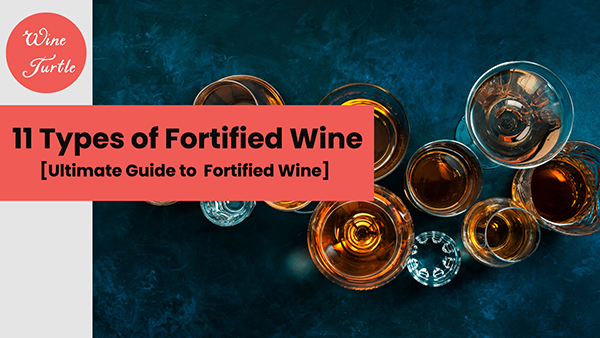
Of all types of wine, fortified wines are probably the least popular and least understood. They're often overlooked and even considered as liquors which just isn't true.
The truth is they are rich, delicate, opulent, and absolutely delicious!
I'm here to guide you through the fascinating world of these potent potions, from their unique creation process to their diverse flavor profiles.
By the end of this guide, you'll be well-versed in the world of fortified wines.
What is Fortified Wine?
Fortified wines are, in essence, wines that have had a bit of a 'boost', hence the term 'fortified'.
This boost comes in the form of distilled spirits, which are added during the fermentation process.
This not only increases the alcohol content but also halts the fermentation, leaving residual sugar in the wine and thus giving it a sweet taste.
Now, don't let the term 'sweet' put you off. These wines are not the saccharine, syrupy concoctions that some might imagine.
No, they are complex, rich, and full of character. They can range from the dry and nutty, such as a fine Fino sherry, to the lusciously sweet, like a vintage Port or a sun-drenched Muscat.
Fortified wines have a long and storied history, with their origins dating back centuries. They were initially created as a way to preserve wines for long sea voyages, but they quickly gained popularity for their unique and delightful flavors.
Today, they are made and enjoyed around the world, from the sun-soaked vineyards of Spain and Portugal to the rolling hills of California.

How is Fortified Wine Made?
The journey begins in the same way as any other wine: with the harvesting of grapes. These are then crushed and fermented to convert the natural sugars into alcohol.
But here's where the path diverges. Just when the yeast is getting into its stride, happily munching away on the sugars, we throw a spanner in the works.
We add a dose of high-proof spirit, sometimes brandy, but usually a neutral grape-based spirit.
Now, yeast is a hardy little organism, but it has its limits. The sudden increase in alcohol levels is too much for our microscopic friends, and they promptly give up the ghost.
This halts the fermentation process in its tracks, leaving behind unfermented sugar and resulting in a sweeter, higher-alcohol wine.
The type of spirit added, and the timing of its addition can greatly influence the final product. Add the spirit early in the fermentation process, and you'll end up with a sweet, fruity wine, as in the case of Port. Leave it until later, and you'll have a drier, more aromatic wine, like Sherry.
Once fortified, the wine is often aged, sometimes for many years. This can take place in barrels or bottles, and can result in a wide range of flavors, from the fresh and fruity to the complex and nutty.
Related: Learn how to fortify wine.
Types of Fortified Wine
There are many different kinds of fortified wine, each with their unique characteristics and winemaking processes.
Here's a look at eleven of the most popular types.
Madeira
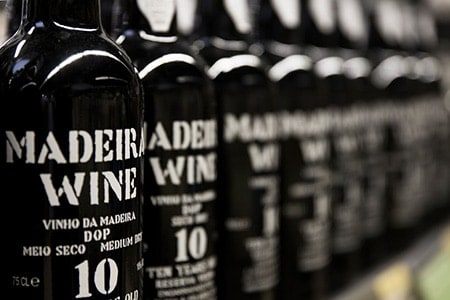
Madeira wine hails from the Madeira Islands of Portugal and is renowned for its unique winemaking process known as 'estufagem'.
This involves heating the wine, either naturally in warm rooms or artificially in stainless steel tanks, and aging it for a minimum of three months. This process imparts a distinctive flavor profile that can only be described as 'Madeira-esque'.
Madeira is a chameleon of a wine, with styles ranging from dry, which can be served as an aperitif, to sweet, perfect for dessert. The four main types of Madeira are named after the grape variety used: Sercial (the driest), Verdelho (medium-dry), Bual (medium-sweet), and Malmsey (the sweetest).
What sets Madeira apart is its incredible longevity and resilience. It's one of the few wines that can withstand light and heat, and open bottles can keep for months, if not years.
The flavor is a complex mélange of toasted nuts, dried fruit, toffee, and caramel, with a balancing acidity that prevents it from being cloying.
Marsala
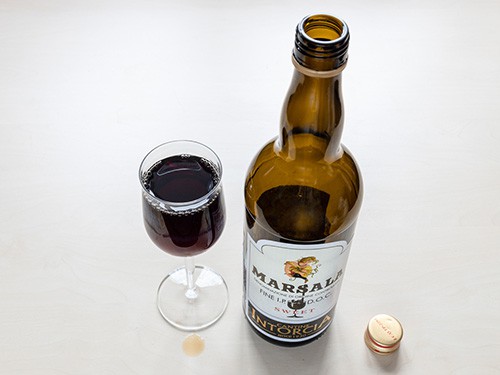
Marsala, the pride of Sicily, is a fortified wine that comes in a variety of styles, from dry to sweet.
Originally created in the 18th century as an Italian answer to the popular English market for Port and Sherry, Marsala has carved out its own niche in the world of fortified wines. It's made using indigenous Sicilian grapes, primarily Grillo, Inzolia, and Catarratto.
The wine is fortified with grape spirit during fermentation, which gives it a higher alcohol content and a robust flavor profile. Marsala is often characterized by its rich, caramelized, nutty flavors, with a touch of dried fruit.
And it's not just a cooking wine, despite its reputation. A fine Marsala, served slightly chilled, can be a delightful end to a meal. It's a Sicilian treasure that deserves a spot in your wine repertoire.
Port
This rich, sweet, and fortified wine hails from the Douro Valley in northern Portugal. It's made from a blend of indigenous grapes, with Touriga Nacional often playing a starring role.
The fermentation process is halted partway through by the addition of a neutral grape spirit, which boosts the alcohol content and leaves residual sugar in the wine. This results in a lusciously sweet, high-alcohol wine.
Port comes in a variety of styles, the most common being Ruby and Tawny. Ruby Ports are younger, fruit-forward, and vibrant with flavors of dark cherries and plums. Tawny Ports, on the other hand, are aged in wooden barrels, which imparts a nutty, caramel flavor and a characteristic tawny color.
Whether you're savoring a glass of Vintage Port, with its intense fruit flavors and tannic structure, or enjoying the smooth, mellow complexity of an aged Tawny, Port is a fortified wine that offers a unique and indulgent tasting experience. It's a dessert in a glass, a perfect way to round off a meal.
Sherry
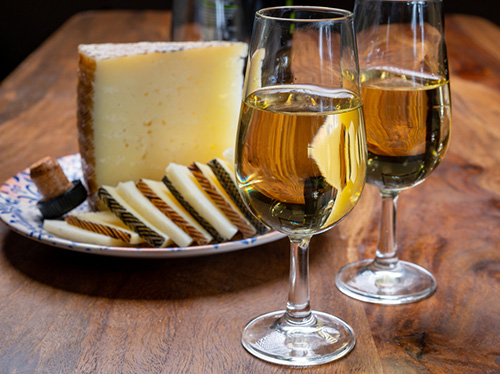
Sherry, a fortified wine from the sun-drenched region of Andalusia in southern Spain, is as multifaceted as it is misunderstood.
It's made primarily from the Palomino grape, and its unique character comes from a special aging process under a layer of yeast called "flor."
Sherry spans a wide spectrum of styles. On one end, you have the bone-dry Fino and Manzanilla, light-bodied and brimming with almond and yeasty flavors. On the other end, you find the lusciously sweet Pedro Ximénez, a dessert wine par excellence with its intense flavors of dried fruits, molasses, and chocolate.
In between, you'll encounter Amontillado and Oloroso, both of which undergo oxidative aging, resulting in a darker color and complex flavors of nuts, dried fruits, and spices. Sherry, with its diverse styles and flavors, is a fortified wine that truly offers something for every palate.
Vermouth
Vermouth, a fortified and aromatized wine, is a key player in the cocktail world, but it's also delightful on its own.
Originating from Italy and France, Vermouth is made by fortifying wine, typically white, with a neutral spirit and then infusing it with a secret blend of botanicals, herbs, and spices.
There are two main styles: sweet (red) and dry (white). Sweet Vermouth, also known as Italian Vermouth, is rich, sweet, and spicy, with flavors of caramel and cinnamon. It's the star ingredient in classic cocktails like the Negroni and Manhattan.
Dry Vermouth, often associated with France, is lighter, more floral, and dry, making it the perfect partner for a Martini.
Vins Doux Naturels
Hailing from the sun-drenched vineyards of Southern France, Vins Doux Naturels are a delightful category of fortified wines that are naturally sweet.
The process involves halting the fermentation of the grape juice by adding a neutral grape spirit, preserving the natural sweetness of the grapes.
The result is a wine that's rich, luscious, and beautifully balanced between sweetness and alcohol. The most famous Vins Doux Naturels are Muscat de Beaumes-de-Venise, a floral and fragrant white, and Banyuls, a robust and chocolatey red.
These wines are incredibly versatile, pairing well with everything from blue cheese to dark chocolate desserts. Whether you're ending a meal or simply enjoying a sunny afternoon, a glass of Vins Doux Naturels is a sweet treat that's hard to beat.
Moscatel de Setúbal
This wine is made from the Moscatel grape, specifically the Moscatel de Setúbal variety, which is known for its intense floral and citrus aromas.
The winemaking process is quite intriguing. Fermentation is stopped partway through by the addition of grape spirit, leaving a significant amount of residual sugar in the wine. The result is a sweet, fortified wine that is then aged in oak barrels, often for many years.
The aging process imparts complexity to Moscatel de Setúbal that sets it apart. On the palate, you'll find a delightful mélange of flavors - think candied orange peel, honey, raisins, and a hint of nuttiness. Despite its sweetness, it retains a bright acidity that keeps it from being cloying.
Whether you're sipping it as a dessert wine or pairing it with creamy cheeses or almond-based pastries, Moscatel de Setúbal is a fortified wine that offers a taste of Portugal's rich winemaking tradition.
Mistelle
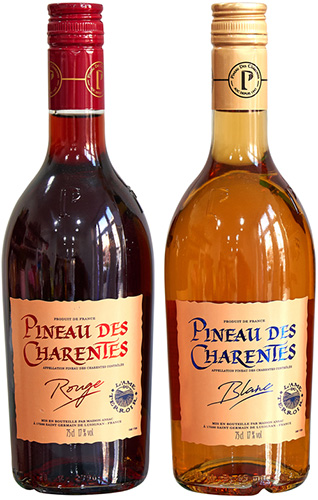
Mistelle is made by mixing unfermented grape juice (or sometimes apple or pear juice) with alcohol, usually brandy, before fermentation can take place. This process preserves the natural sweetness of the fruit, resulting in a wine that's sweet, fruity, and lower in alcohol than other fortified wines.
Mistelle is often served as an aperitif, its sweetness and lightness making it a perfect palate opener. It can also be a delightful companion to desserts. The flavors can vary widely, from fresh and fruity to rich and nutty, depending on the fruit used and the aging process.
Pineau des Charentes is a popular example of a mistelle. It's produced in the western Charentes and Charentes-Maritime departments of France, home to the renowned Cognac region. It's a blend of lightly fermented grape must and Cognac eau-de-vie, resulting in a sweet, fruity, and rather potent concoction.
The flavor profile of Pineau des Charentes is a delightful mix of fresh fruit and honey, with a hint of nuts and spices, depending on the aging process.
It's typically served chilled as an aperitif, but its versatility also makes it a fine companion to cheese or desserts. With an alcohol content of around 16-20%, it's a pleasant sipper that offers a unique taste of French viticulture.
Commandaria
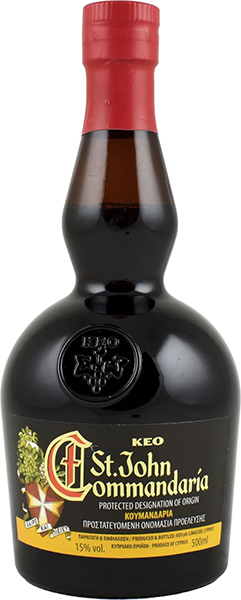
Commandaria is a fascinating fortified wine hailing from Cyprus, with a history that stretches back for millennia.
It's made from sun-dried Xynisteri and Mavro grapes, which concentrate their sugars to produce a rich, sweet wine. The wine is then aged in oak barrels for a minimum of two years, but often much longer.
The result is a wine with a deep amber or ruby color, and a complex flavor profile that includes notes of dried fruits, spices, and caramel. Commandaria is high in alcohol, typically around 15-20%, and its sweetness makes it an excellent dessert wine.
Despite its intensity, it has a surprising elegance and balance that make it a joy to sip. It's a true testament to the enduring appeal of fortified wines.
Málaga
Made primarily from the Moscatel and Pedro Ximenez grape varieties, this wine is known for its luscious sweetness and rich, raisiny character.
The production process of Malaga wine involves fortifying the wine with grape spirit, often during fermentation, which enhances its alcohol content while preserving its natural sugars. The wine is then aged using a solera system, similar to Sherry, which imparts complexity and depth.
Malaga wines can range from bright and fruity to dark and syrupy, depending on the aging and the grapes used. They are often served as a dessert wine, pairing beautifully with chocolate, blue cheese, or simply enjoyed on their own.
With an alcohol content typically around 15-22%, Malaga offers a sweet, potent taste of Andalusian sunshine in a glass.
Rutherglen Muscat
Rutherglen Muscat is a unique style of fortified wine that is made in the Rutherglen region in Victoria, Australia. It's made from the Muscat à Petits Grains Rouge grape, locally known as Brown Muscat, which is known for its rich, raisin-like flavors.
The production process of Rutherglen Muscat involves partially fermenting the grapes, then fortifying the wine with neutral grape spirit to halt fermentation and preserve the grape's natural sugars.
The wine is then aged in a solera system, often for many years, which imparts a deep complexity and a luscious, syrupy texture.
Rutherglen Muscat is renowned for its intense flavors of dried fruits, toffee, and spice, with a distinctive 'rancio' character developed through extended aging.
With its high alcohol content, typically around 18-20%, and its rich, sweet profile, Rutherglen Muscat is a dessert in itself, though it pairs beautifully with chocolate or blue cheese.
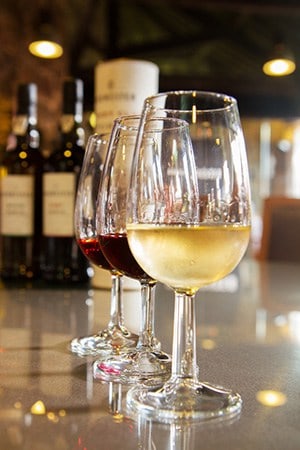
How to Serve Fortified Wines
Serving fortified wines can be a delightful experience, but it does require a bit of know-how to do it right. Here are some tips to help you serve these wines in the best possible way:
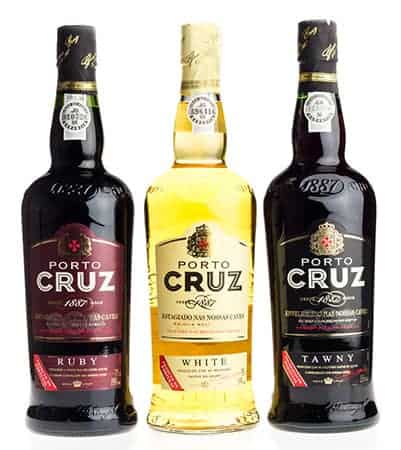
How to Store Fortified Wines
Before Opening:
After Opening:
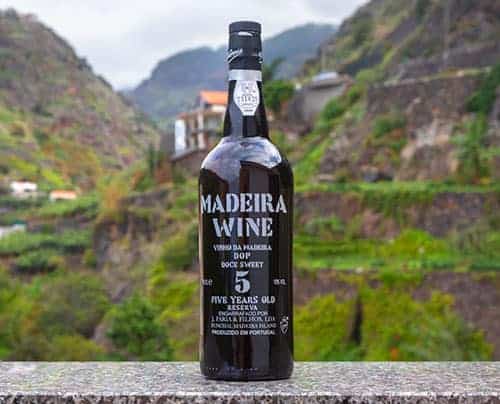
Do Fortified Wines Age Well?
The aging potential of fortified wines varies greatly depending on the type of wine. Some fortified wines, like vintage Port and Madeira, are known for their exceptional aging potential.
These wines can continue to evolve and improve for decades, or even centuries in the bottle. The high alcohol content and sugar levels in these wines act as natural preservatives, allowing them to withstand long periods of aging.
Vintage Port, for instance, is only made in exceptional years and is designed to age in the bottle. It can take several decades for these wines to reach their peak. Similarly, Madeira is one of the longest-lived wines in the world, with some examples lasting for over a century.
On the other hand, some fortified wines, such as most Sherries and Vermouths, are meant to be consumed relatively young. These wines are aged before bottling using specific methods (like the solera system for Sherry) that give them a mature character. Once bottled, they don't benefit from further aging and should be consumed within a few years.
So, if you're considering aging a fortified wine, it's important to know the specific characteristics and aging potential of the type of wine you have. When in doubt, it's always a good idea to consult with a wine professional or the winery itself.
Fantastic Fortified Wine Food Pairings
Fortified wines, with their rich and complex flavors, can be a delight to pair with food. Here are some suggestions that are matches made in heaven!
